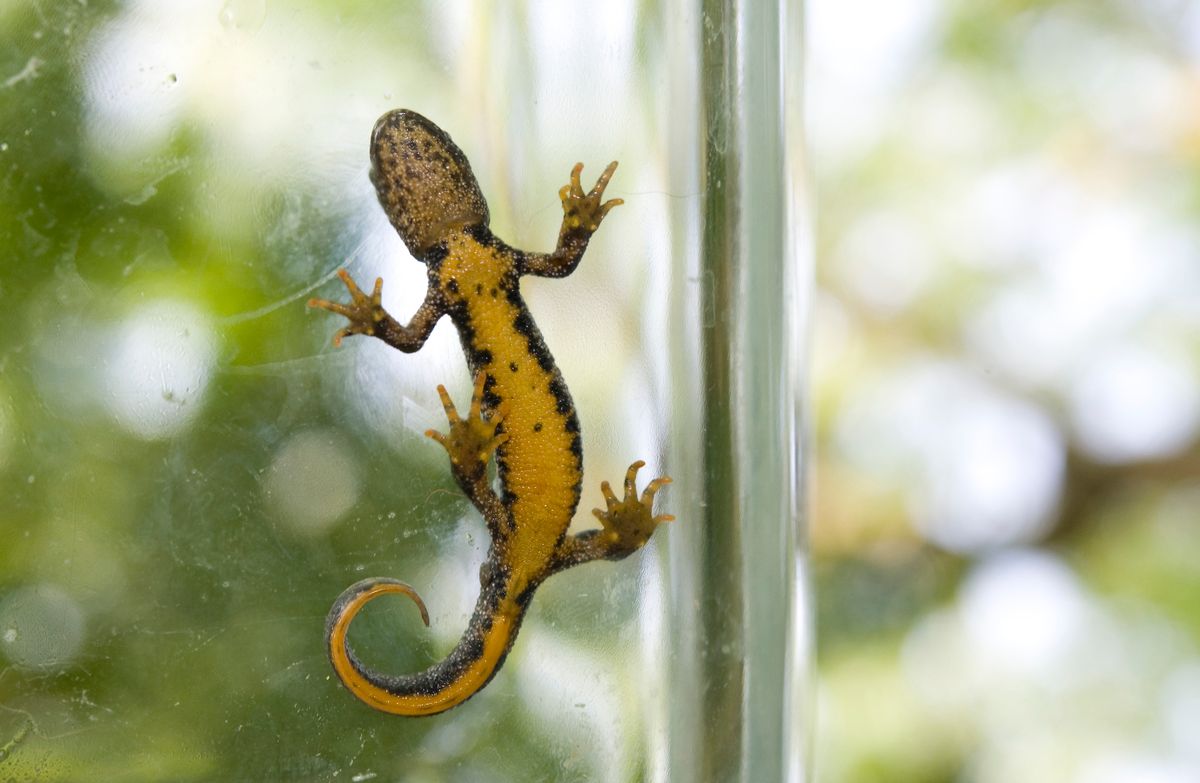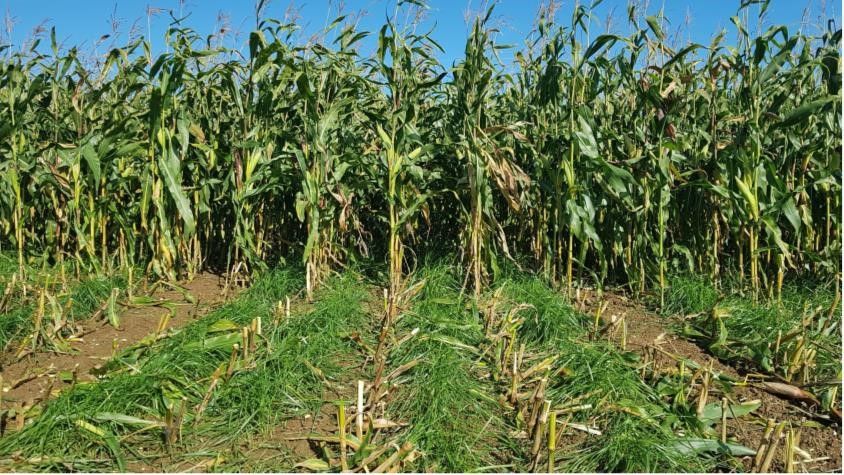Taking place between 23 and 27 May, Water Saving Week is an annual week created by Waterwise to raise awareness of the issues around water use.
When we talk about saving water, we usually talk about saving money, or ensuring there is enough water for everyone within our supply network, but another really good reason to save water is to protect the environment.
The South East of England is one of the driest parts of England and an area of serious water stress. We rely on autumn and winter rain to refill our reservoirs and restore river flows.
The amount of water we take from the local rivers and streams is dependent on customer use. If there has been a large period of no rainfall, and we continue to take more water than is being replaced, this would have a negative effect on the environment.
As well as making sure there is enough water for all, it is also important to look after the river systems and wildlife within them.

For us, it's more than just continuing to supply your fresh drinking water - we want to protect the environment and enhance it for future generations.
Farmers and landowners
Our Environment Team work closely with farmers and landowners within our supply area to encourage the planting of grass in between maize rows, to help prevent soil loss. If the fields are left empty once the maize has been harvested, the sediment, nutrients and fertilizer in the soil ends up in the groundwater and rivers. Removing these substances at the water treatment works is expensive, so prevention is best.
This also means farmers and landowners benefit by losing less of these substances to waste - saving time and money.

The team have also been working with farmers in our supply area to improve the water quality in our region. They have worked with lots of farms within our supply area to plant cover crops when the main crop has been harvested. The cover crops then capture nitrogen and improve soil structure, stopping it from seeping into the river and chalk aquifer beneath the land.
This will reduce the water quality and potentially hurt the wildlife in them.
Protecting our water sources
The final way to protect our rivers, streams and reservoirs is to use less water.
We have set a goal of reducing the amount of water lost in leaks across our network and in our customers’ homes by 15%, by 2025. One of the ways we do this is to monitor pressure transients in key mains, as these are a major source of damage to mains and pipes.
The new technology we have in place monitors pressure and noise in real time. This will enable an alert to potential leaks or bursts and a faster response to them. We are constantly striving to improve our response time to inevitable leaks across our network of 9,000 miles of pipes.
There are lots of ways you can save water and money by making just a few simple swaps in your home. For water saving tips, click the button below:
Share this Article: